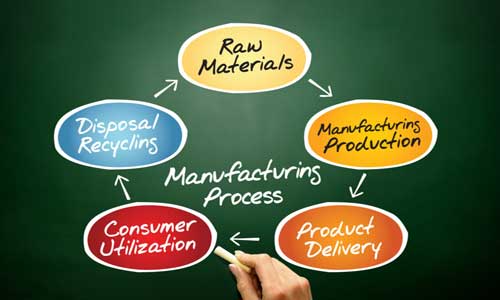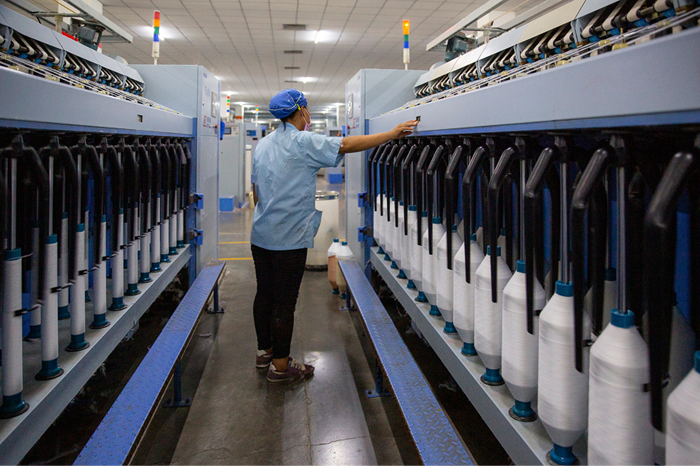"After the aftermath of series of deadly fire and building accidents in Pakistan and Bangladesh the image underscored a woefully inadequate apparel brands’ approach to worker rights.Brand-label information matters not just for fire and building safety. The $2.4 trillion apparel industry, which predominantly employs women as garment workers, witnesses a host of labor abuses. These range from poor wages to factory owners and managers denying paid maternity benefits or even firing pregnant workers to harassment of union leaders to forced overtime work to workplace sexual harassment."
 After the aftermath of series of deadly fire and building accidents in Pakistan and Bangladesh the image underscored a woefully inadequate apparel brands’ approach to worker rights.
After the aftermath of series of deadly fire and building accidents in Pakistan and Bangladesh the image underscored a woefully inadequate apparel brands’ approach to worker rights.
Brand-label information matters not just for fire and building safety. The $2.4 trillion apparel industry, which predominantly employs women as garment workers, witnesses a host of labor abuses. These range from poor wages to factory owners and managers denying paid maternity benefits or even firing pregnant workers to harassment of union leaders to forced overtime work to workplace sexual harassment.
The governments of producing countries worldwide are primarily responsible for working conditions and labor law compliance. But under international standards, global apparel and footwear companies also have a responsibility to ensure that the rights of workers are respected throughout their supply chain.
At present, a number of leading companies have disclosed at least the names and addresses of their supplier factories.
factories.
On the other hand a vast majority of the industryhave still do not openly disclose which factories produce their branded clothes.
When an apparel company publicly discloses its production sites, it allows monitoring where it is most needed. Workers need this information, as do those who may advocate on their behalf, including union representatives, local and international nongovernmental organizations, lawyers, journalists, and academics.
Transparency not only provides workers and advocates critical information about where to turn with problems. It builds confidence among consumers who care about the ethical business practices and allows workers to hope that brands profiting from their labor will hear of their struggles and intervene.
Some brands that reject transparency invoke the oft-repeated trope of competitive disadvantage. But leading companies that already disclose factory information have not said they suffer any financial harm as a result. And publishing supplier factory information would allow brands sourcing from the same factory to potentially collaborate to prevent labor abuses or dangerous conditions.
Some brands say their membership in initiatives like the Bangladesh Accord on Fire and Building Safety, a binding agreement between brands and global unions forged after the Rana Plaza collapse, proves their commitment to transparency.
Governments must compel transparency and other mandatory human rights processes in an apparel company’s supply chain. Only governments can impose penalties and set enforceable standards.
However, there are increasing attempts by some governments to legislate on company responsibilities.












